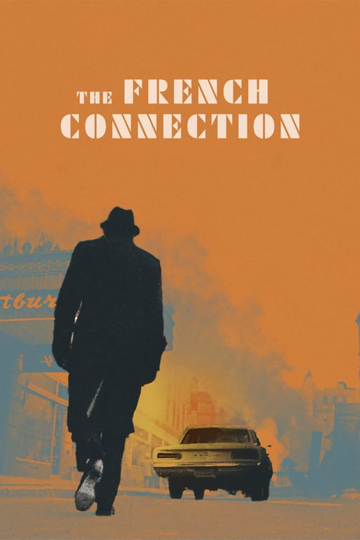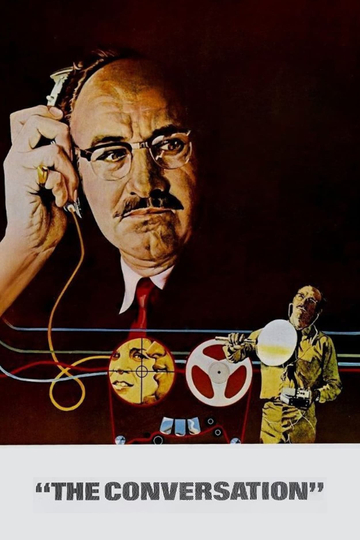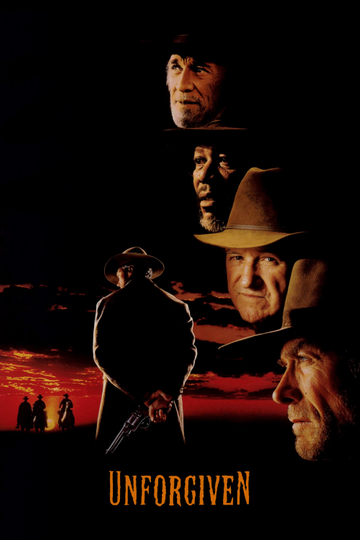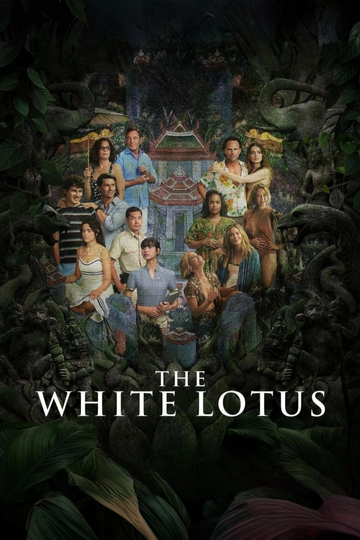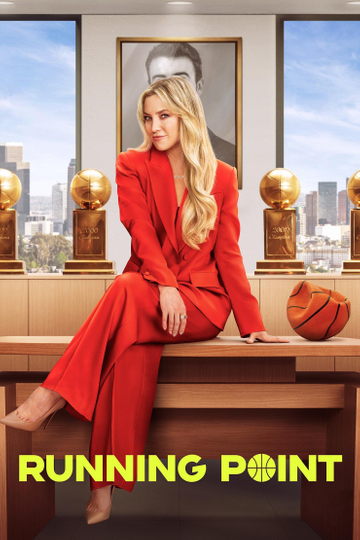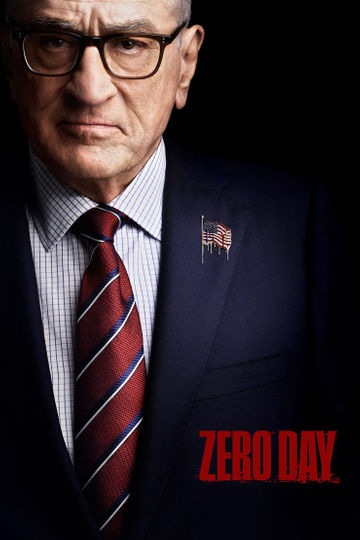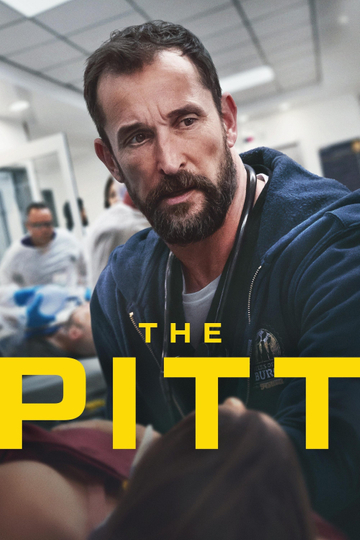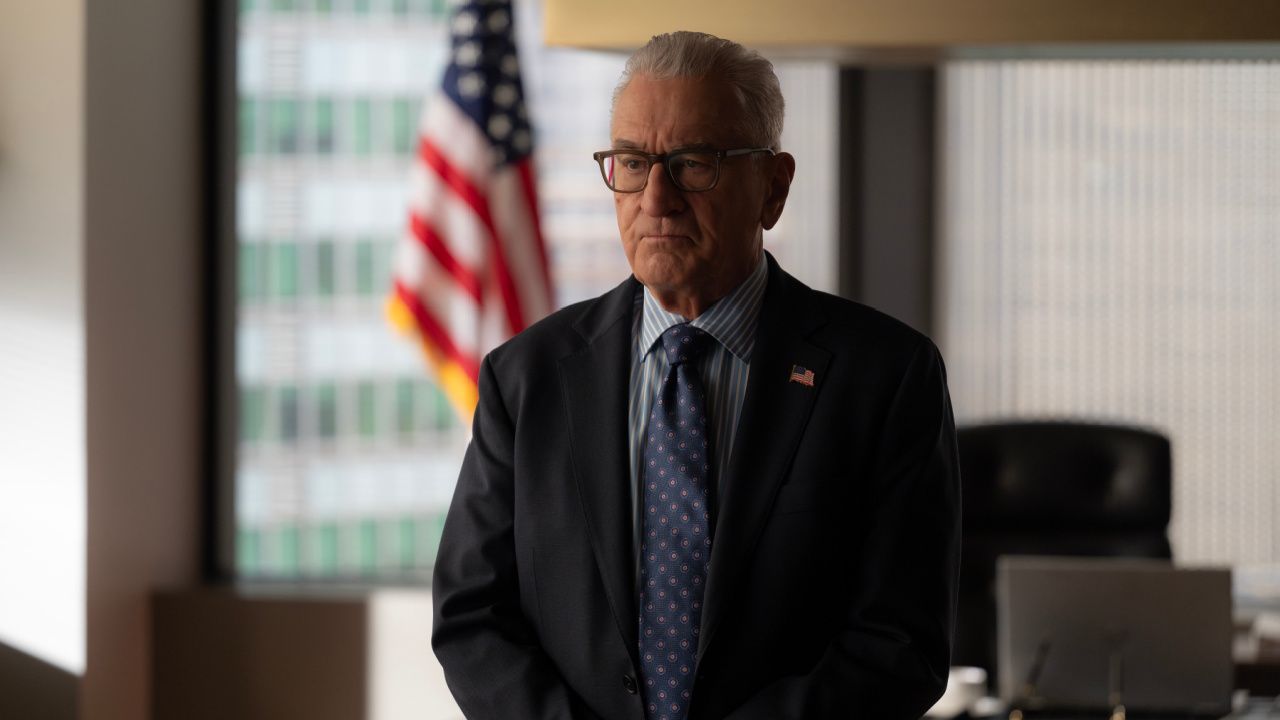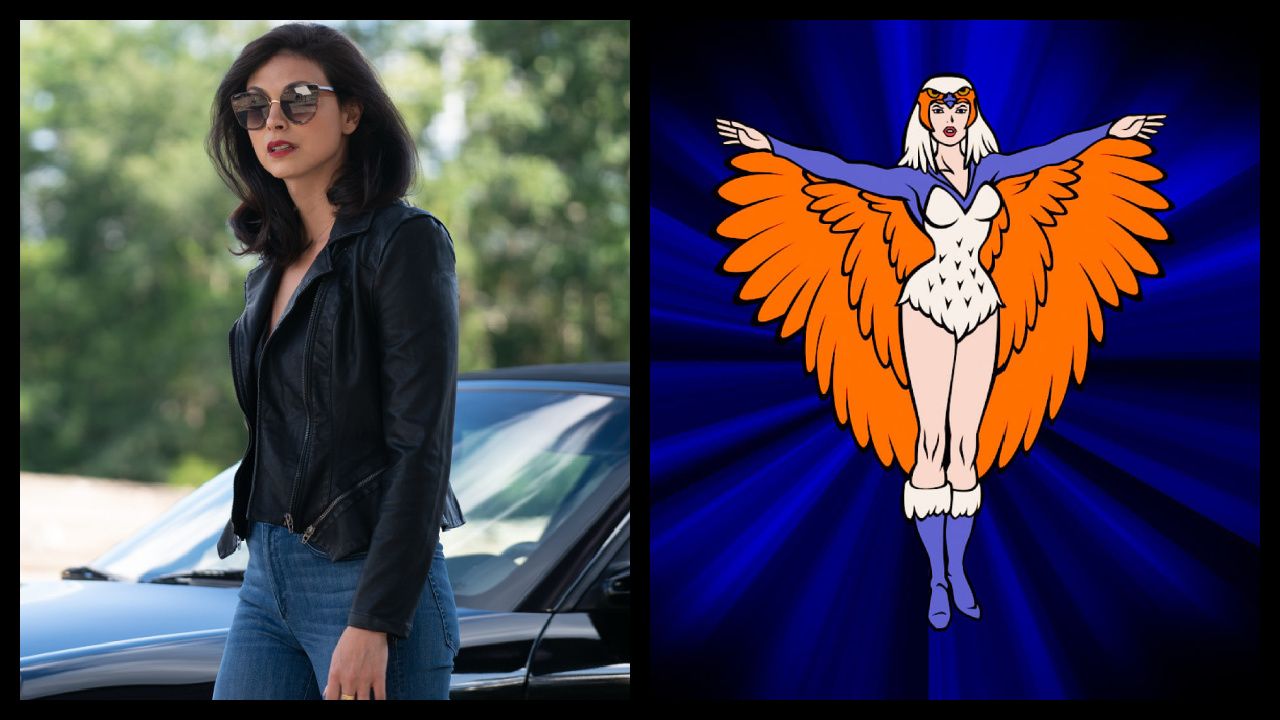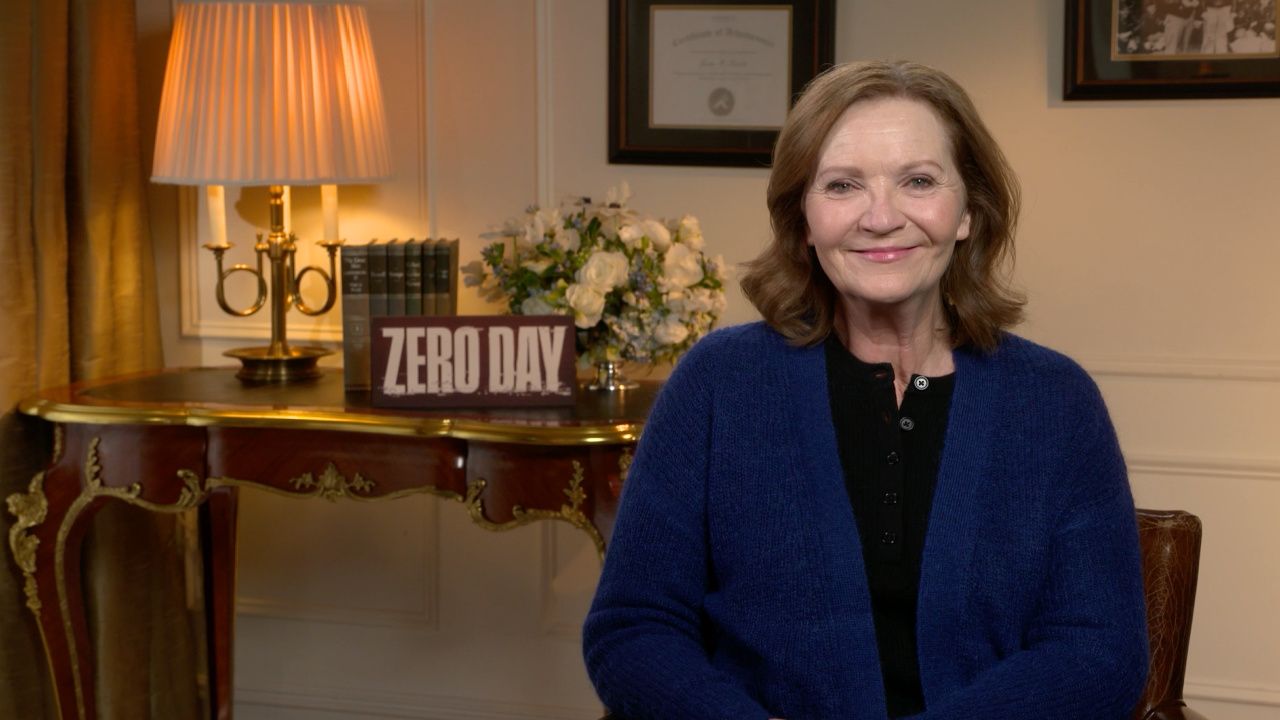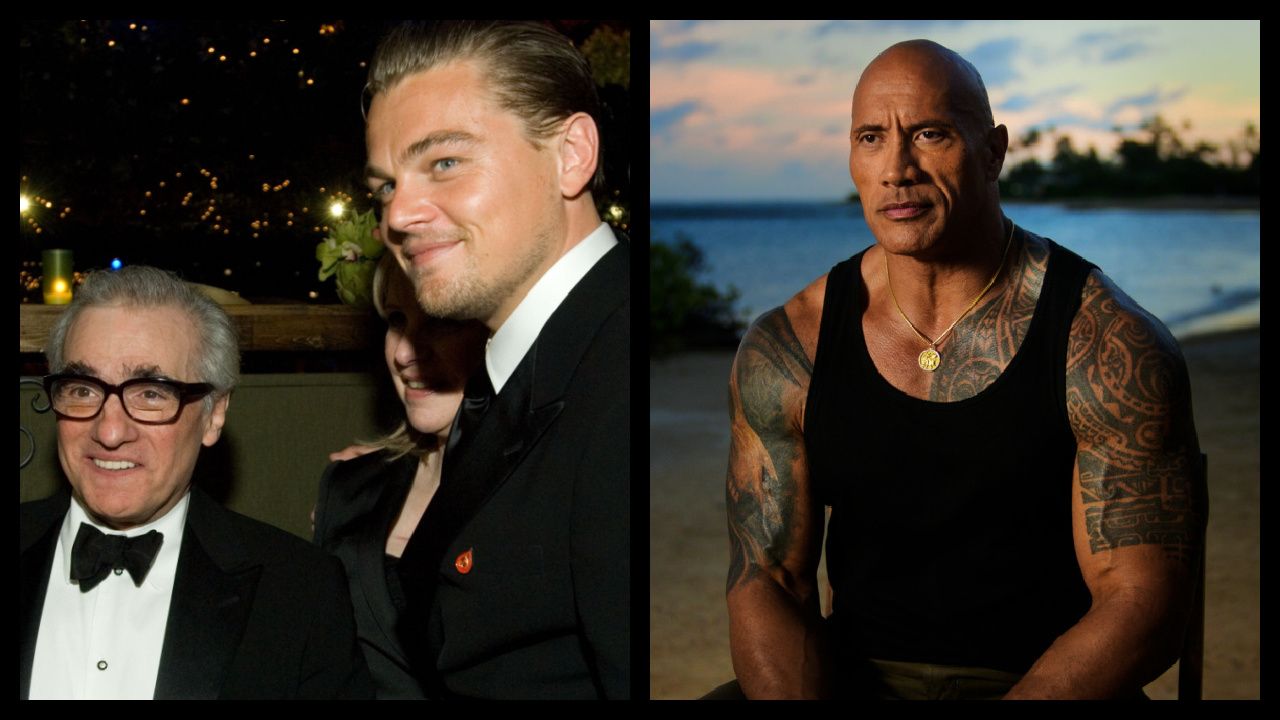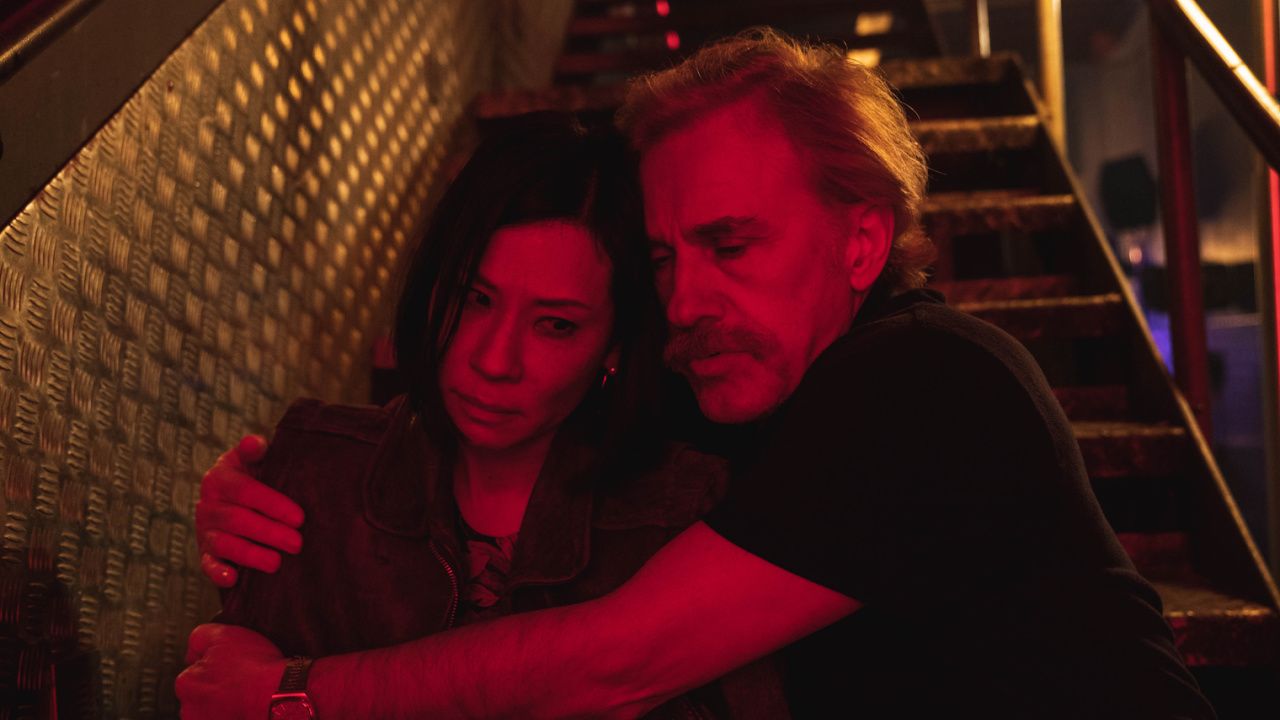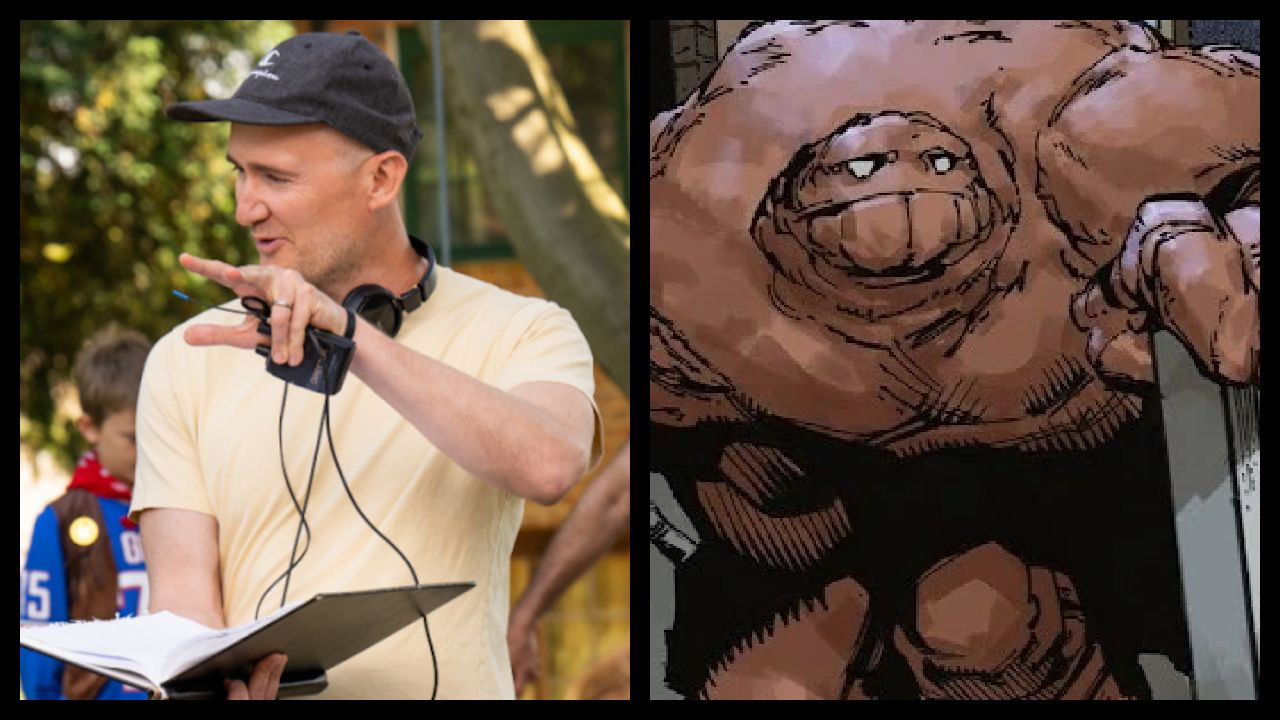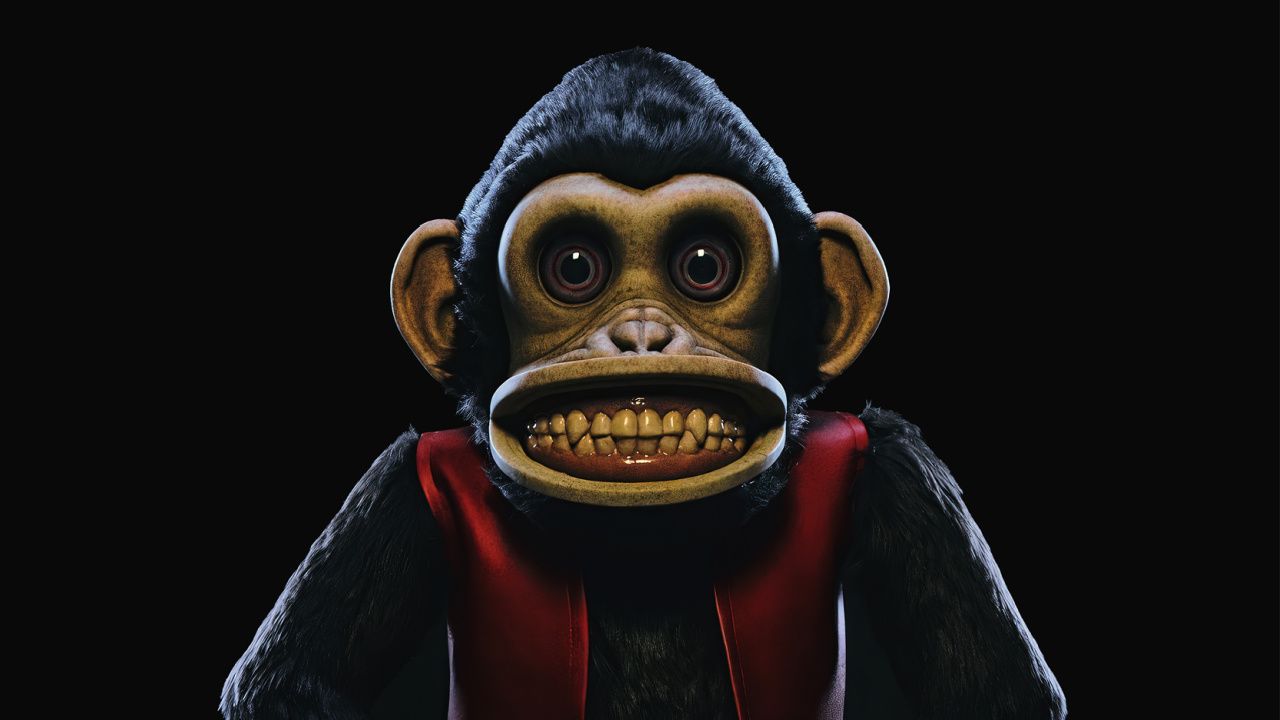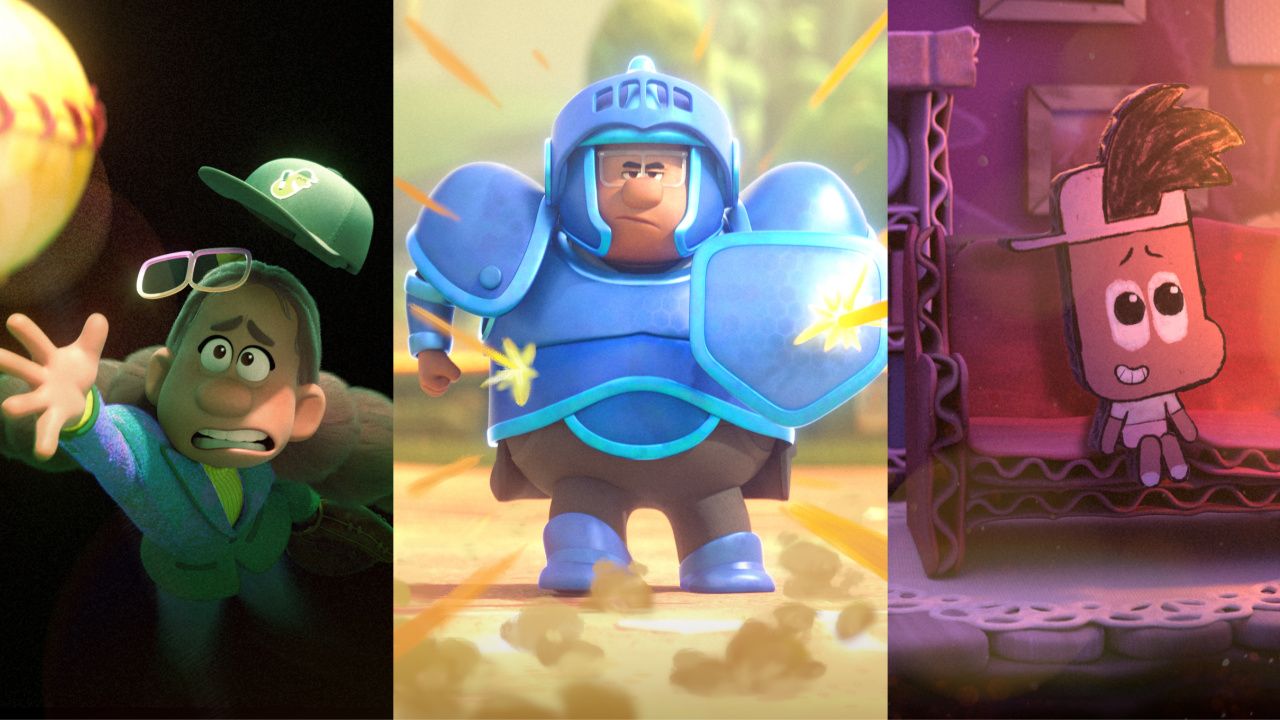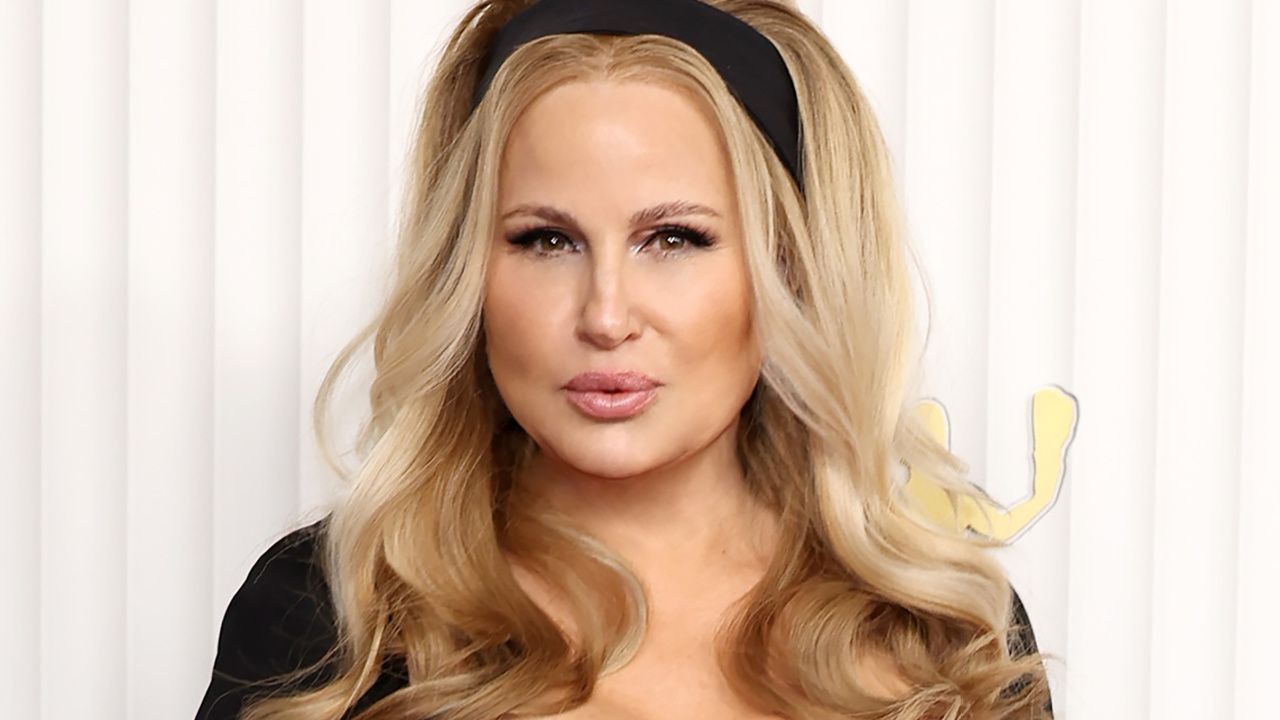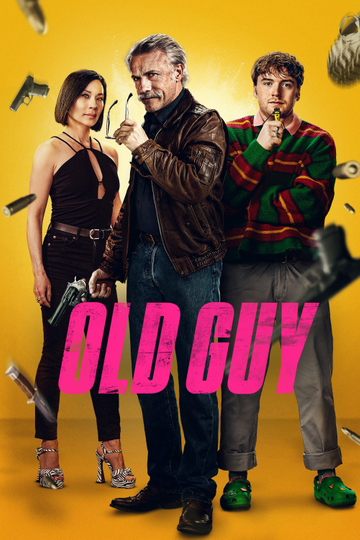In Memoriam: Don Draper, Enigmatic Advertising Legend
[SPOILER ALERT: This article contains references to plot points in the series finale of "Mad Men," the May 17 episode "Person to Person."]
Donald Francis Draper, a legendary ad man and a creative director at several top New York advertising agencies throughout the 1960s, finally met his fate, on a day in October 1970. What that fate was proved ambiguous; he was last seen on a California hilltop, smiling mysteriously.
Draper was born Dick Whitman in late 1925 in rural Illinois, the son of farmer Archie Whitman and a prostitute who died in childbirth. Whitman's childhood, according to the few times he ever spoke about it (including during one memorably agonizing pitch meeting with Hershey's Chocolate that all but cost Don Draper his job) was a Dickensian nightmare, marked by his father's alcoholism and the resentment of his stepmother, Abigail, who routinely referred to him as "whore's child." Shortly before the birth of his half-brother Adam, the 10-year-old Dick saw his drunken father killed by a kick in the face from a spooked horse.
Abigail took up Mack Johnson, and the family moved to a brothel in Philadelphia that Johnson ran. There, as a teenager, the sickly Dick was nursed back to health by a prostitute named Aimee, who then raped the boy. It's no wonder he sought to leave behind the family, his childhood, and even his name, ever in search of a fresh start.
He got that chance in 1950 during the Korean War. As an Army enlistee, he met the real Donald Francis Draper, a lieutenant from California. During a wartime accident involving a stray cigarette lighter and a puddle of spilled gasoline, Whitman accidentally blew up his commanding officer. With the real Draper's body burned beyond recognition, Whitman switched their dog tags, assumed Draper's identity, and claimed the dead man's Purple Heart. He accompanied the body of the supposed Dick Whitman on a train back home but never got off. He let his family think he was dead, and no one believed teenage Adam when he claimed he saw his brother through the train car window, still alive. (Adam committed suicide in 1960 after tracking his brother down, only to have the former Dick spurn him and try to buy his silence.)
The new Don Draper was working as a used car salesman when the real Draper's widow, Anna, tracked him down. Miraculously, the two became friends, with Dick vowing to support Anna for the rest of her life. In return, she kept his secret and became the only person with whom he ever felt completely at home. Her death from cancer in 1965 would be one of the most devastating losses of his life. But he remained close to her niece, Stephanie, who would ultimately bring Don to that fateful hilltop retreat and abandon him there.
Draper moved to New York, where he found work as a salesman and copywriter for the Heller fur company while attending City College at night. It was there that he met two people who would change his life. One was a model, Betty Hofstadt, a Bryn Mawr graduate raised in the Philadelphia suburb of Lower Merion, whom he met at a photo shoot for a Heller ad. They were wed in 1954 and had three children: Sally (born 1954), Robert (1957), and Eugene (1963).
The other fateful meeting was with Roger Sterling, a senior partner at the Sterling Cooper advertising agency, who came into the store to purchase a gift (it turned out to be for his new mistress, Sterling Cooper office manager Joan Holloway). Draper slipped his portfolio in the box with the fur, a move Sterling found presumptuous, but after another encounter with Draper, one that involved many martinis, Draper persuaded Sterling to hire him. Within a few years, Draper was Sterling Cooper's creative director.
Draper seemed to have it all -- a good salary, a house in the suburbs (Ossining, N.Y.), a beautiful wife and children, and the acclaim of his peers in the advertising world. He created the famous "It's Toasted" campaign for Lucky Strike cigarettes, named Kodak's rotating slide projector tray the Carousel, and won a Clio for his cinematic, kiddie-Western-style commercial for Glo-Coat floor polish.
Draper even managed to save his agency from ruin more than once -- though he also nearly brought it to ruin several times as well. When McCann-Erickson threatened to absorb Sterling Cooper in 1963, Draper led the defection that resulted in the creation of new firm Sterling Cooper Draper Pryce, in which he was a senior partner. He also spearheaded the 1968 merger with rival firm Cutler Gleason & Chaough that spawned Sterling Cooper & Partners. But Draper also cost Sterling Cooper a lucrative military contract (because he feared the background check required of him), made the bold but controversial move of rejecting all tobacco clients in an infamous 1966 open letter in the New York Times, and alienated Hershey with his lurid admissions about his childhood. When McCann-Erickson finally did absorb Sterling Cooper & Partners in 1970, he tried to rally the troops for another revolt, but the effort was fruitless. Within months, three of five former Sterling Cooper partners -- Pete Campbell, Joan Holloway Harris, and Draper himself -- left the firm.
For all his personal and professional success, Draper was never satisfied with his life and repeatedly sought to escape -- at the movies, through heavy drinking, via travel, and especially through infidelity. His womanizing led to a brief separation from Betty in 1962. When she learned his true identity, she divorced him for good in 1964. She married rising New York State Republican operative Henry Francis in 1965.
Draper married Megan Calvet in1965, before her rise to soap opera stardom, while she was still his secretary at Sterling Cooper Draper Pryce. He proved no more capable of being faithful to Megan than to Betty. They divorced in 1970, and Calvet's $1 million divorce settlement enabled her to launch her showbiz career in earnest.
Draper's retirement from advertising was yet another impulsive effort to escape and reinvent himself. He simply walked out of a 1970 meeting with Miller beer and never returned to the office. He drove ever westward, divesting himself of possessions and psychic baggage. For a time, he joined with a group of gearheads in Utah, speed-testing custom muscle cars in the desert. He nearly returned to New York when he learned from Sally that Betty was dying of lung cancer, but his ex-wife persuaded him not to return or fight for custody.
He made it all the way out to California and found himself stranded by Stephanie at an encounter group retreat, feeling sorry for himself and feeling utterly alone. "I broke all my vows, I scandalized my child, I took another man's name, and I made nothing of it," he said in an alarming phone call to Peggy Olson, the McCann copy chief who'd started out as Draper's secretary a decade earlier.
But he reached a breakthrough of sorts, listening to a fellow attendee named Leonard, who lamented that his own family ignored him and seemed not to love him. Perhaps realizing that he at least still had people who cared for him and missed him, he wrapped Leonard in a tearful embrace.
He was last seen at the retreat, wearing a white tunic, meditating and chanting "Om" among a group of fellow chanters on a hilltop, with a serene smile on his face. Cut to the famous 1971 Coca-Cola ad featuring a group of young flower-children singing "I'd Like to Teach the World to Sing" on a similar hillside.
Was Don smiling because he'd finally abandoned the rat race, his self-destructive ways, and his psychic traumas for good? Or was he smiling because he'd just come up with the idea for that ad? Did he return to New York and McCann to work on the Coke campaign, as Peggy had urged him to do? Had he embraced his true self as country boy or as ad man?
The "Mad Men" ending was deliberately vague, while strongly hinting at the latter possibility. Either way, it appeared DIck Whitman/Don Draper had finally found inner peace, having learned to accept the fact that you can't escape who you are.

